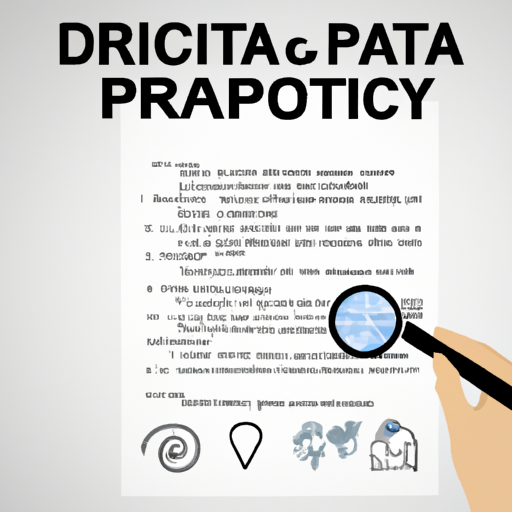In today’s digital landscape, the importance of cyber resilience cannot be overstated. Businesses face a myriad of cyber threats, from ransomware attacks to data breaches. Therefore, implementing robust cybersecurity strategies is essential for ensuring the protection of sensitive information and maintaining operational continuity.
Understanding Cyber Resilience
Cyber resilience is the ability of an organization to anticipate, withstand, respond to, and recover from cyber incidents. Unlike traditional cybersecurity, which often focuses on prevention, cyber resilience encompasses a comprehensive approach, combining prevention, detection, response, and recovery.
Key Cyber Resilience Strategies
1. Risk Assessment and Management
Begin with a thorough risk assessment to identify potential vulnerabilities within your organization. Understanding these risks allows you to prioritize and implement necessary measures to mitigate them. Regular assessments are essential, as the threat landscape is continually evolving.
2. Employee Training and Awareness
Your employees are often the first line of defense against cyber threats. Conduct regular training sessions to raise awareness about potential threats, such as phishing scams and social engineering attacks. Empowering your team with knowledge can significantly reduce the risk of human error.
3. Incident Response Planning
Having an incident response plan in place is crucial. This plan should outline the steps to take in the event of a cyber incident, including roles and responsibilities, communication protocols, and recovery strategies. Regularly update and test your plan to ensure its effectiveness.
4. Backup and Recovery Solutions
Implement reliable backup solutions to ensure that you can recover critical data in case of a ransomware attack or data loss. Regularly test your backup systems to guarantee that data can be restored quickly and effectively.
5. Continuous Monitoring and Improvement
Cyber resilience is not a one-time effort. Continuous monitoring of your IT environment is essential to detect threats before they can cause significant damage. Utilize advanced tools and technologies to monitor network traffic, detect anomalies, and respond to incidents in real-time.
The Importance of a Cyber Resilience Culture
Building a culture of cyber resilience is vital. Engage stakeholders across all levels of the organization to foster a shared sense of responsibility for cybersecurity. Encourage open communication about threats and best practices to promote a proactive approach to cyber resilience.
Conclusion
Establishing effective cyber resilience strategies is crucial for protecting your organization against ever-evolving cyber threats. By focusing on risk management, employee training, incident response planning, backup solutions, and continuous improvement, you can strengthen your digital defense and ensure long-term success in maintaining your organization’s cybersecurity posture.
Stay informed and prepared; your organization’s resilience is only as strong as the measures you put in place today.













